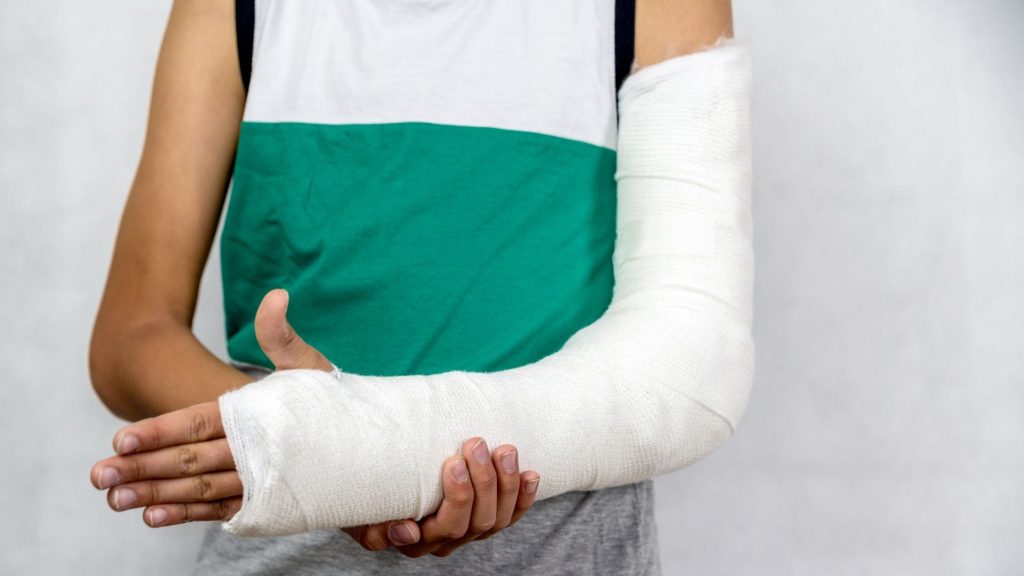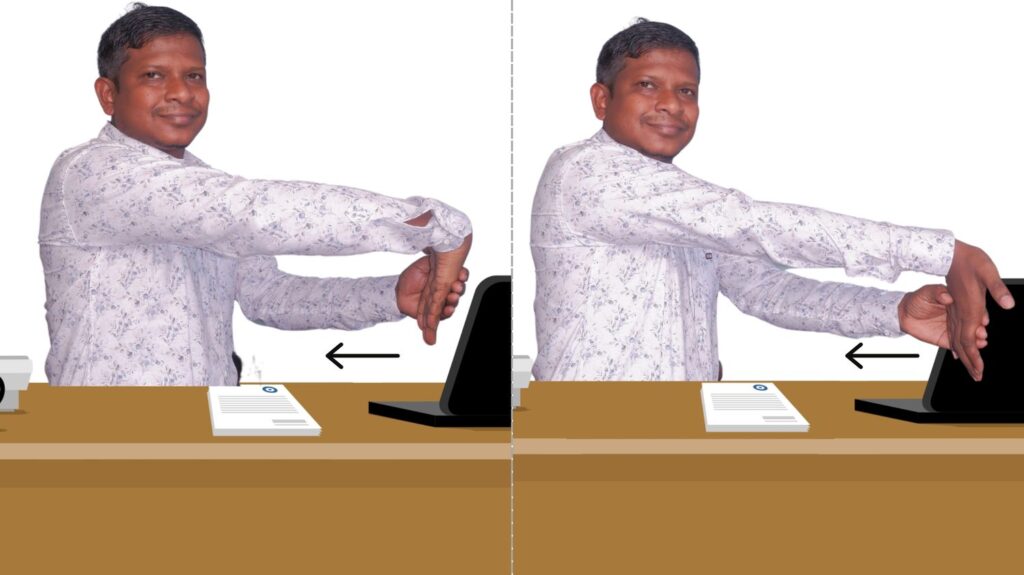
A study has found that older adults of age more than 50 years are at greater risk of developing dynapenia due to vitamin D deficiency1. Dynapenia is an age-related loss of muscle strength that is not related to neurologic or muscular diseases. A person with dynapenia is more likely to fall, get injured, and be disabled which increases the chances of mortality.
Vitamin D deficiency has always been associated with weak bone strength, however, this recent research related vitamin D deficiency to an increased risk of muscle weakness in the older population. Let us find out more about this research.
Table of Contents
Researchers used hand grip strength to recruit participants
More than half of the world’s population is having vitamin D insufficiency or deficiency, it is even more prevalent in older populations due to chronic disease, medication, and less exposure to sunlight1. It’s well-established fact that vitamin D deficiency can cause osteoporosis or weak bone.
Researchers already knew that bone and muscle tissues are interconnected not only mechanically, and physically but also biochemically. Vitamin D insufficiency and deficiency could provoke an imbalance in protein synthesis that would result in bone weakness as well as reductions in muscle mass, strength and function.
But, the association of vitamin D deficiency and dynapenia was not well established in previous studies that made researchers carry out this study. To establish this, in the year 2012, the researchers recruited 3205 participants with age 50 years or older from England. The blood samples were collected from all the participants to measure serum vitamin D levels.
Depending upon the serum vitamin D level it was categorised under sufficient (> 50nmol/L), insufficient (≥ 30 and ≤ 50nmol/L) and deficient (< 30nmol/L). Out of 3205 participants, 30% had vitamin D insufficiency and 22% of participants had vitamin D deficiency.
They only included individuals without dynapenia, for this you used the grip strength test. Scientists used a handheld dynamometer with a scale from 0 to 100 kg. They only selected participants with a grip strength of more than 26 kg for men and 16 kg for women. After 4 years the grip strength of all the participants was once again. Grip strength less than 26 kg in men and 26 kg in women were considered dynapenia.
Result
After 4 years a follow-up was made and the hand grip strength was measured to look for muscle strength. The result revealed that vitamin D deficiency increased the risk of dynapenia by 70%. Moreover, when individuals with osteoporosis and those taking vitamin D supplementation were removed from the analyses, both vitamin D deficiency and insufficiency were risk factors for the incidence of dynapenia.
Vitamin D deficiency can actually cause muscle weakness in elderly
The result concludes that vitamin D deficiency and insufficiency increase the risk of muscle weakness. This also proves that it’s important to take vitamin D if you have a deficiency or insufficiency. Sunlight is the richest source of vitamin D, so it is very important to expose themselves to morning sunlight. It is also recommended to take vitamin D supplementation and food rich in this vitamin.
Keep Reading: COVID-19 Risk Increases with Vit-D Deficiency|Study
The author is a physiotherapist who has been practising for the last 17 years. He holds a Bachelor's in Physiotherapy (BPT) from SVNIRTAR (Swami Vivekananda National Institute of Rehabilitation and Research), one of the prestigious physiotherapy schools in India.
Whatever he learns dealing with his patient, he shares it with the world through blogs and e-books. He also owns a YouTube channel, "Sunit Physiotherapist" with over 8 lakh active subscribers. Here, he shares everything he gets to learn serving the patient.





